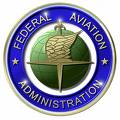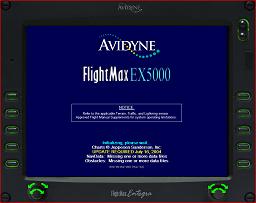Having contacted ncu@hmce.gsi.gov.uk recently about submitting aGeneral Aviation Reports (GAR), I received the following answer
“[…] we receive over 400 notifications per day and it would not be possible to acknowledge each one individually. If there were ever any problems the fact that it is shown as ‘sent mail’ from your end would be sufficient evidence that you have submitted the form.”
From:
Intelligence & National Operations
General Aviation Intelligence
There you have it, so don’t worry.Unfortunately the millions of investment in optimisation have led to a very smooth system where you now have to fax! your GAR report to several locations. Only a few allow for email receipt. Although I have noticed that some airports have found this a good source of income to charge for faxing the form (£1 for each number).
Other airoports such as Blackbushe are very user friendly and allow you to email them and they then distribute the GAR to all relevant parties. Kudos to the good people there!
The General Aviation Report (GAR) form can be downloaded here:
http://customs.hmrc.gov.uk/channelsPortalWebApp/downloadFile?contentID=HMCE_PROD_009149
You are supposed to email it to;
- Customs – To allow them to check you for imported goods (do you have anything to declare?) email to ncu@hmce.gsi.gov.ukor Fax to 08702403738
- Immigration – To allow them to check you immigration status upon entry (Any illegal immigrants?)
- A constable/Special Branch – They have to be involved because of the Terrorism act 2000. for Hampshire email hzc2@hampshire.pnn.police.uk (Are you a danger to the general public?)
Schedule 7 Terrorism Act 2000. […] The captain of an aircraft employed on a journey within the Common Travel Area carrying passengers other than for reward shall not permit it to call at or leave a port in Great Britain or Northern Ireland unless it is a designated port or he gives at least 12 hours notice in writing to a constable for the Police area in which the port is situated. (or where the port is in Northern Ireland, to the Police force of Northern Ireland.)
Note that Special Branch is never mentioned and hence only a written notice has to be sent.
I asked four people and received five answers to what is meant on the back of the GAR form so I currently am awaiting a response from the official helpline GACOPE@hmce.gsi.gov.uk to see what absolutely has to be reported to whom.



